Pliers: features, types and tips for choosing
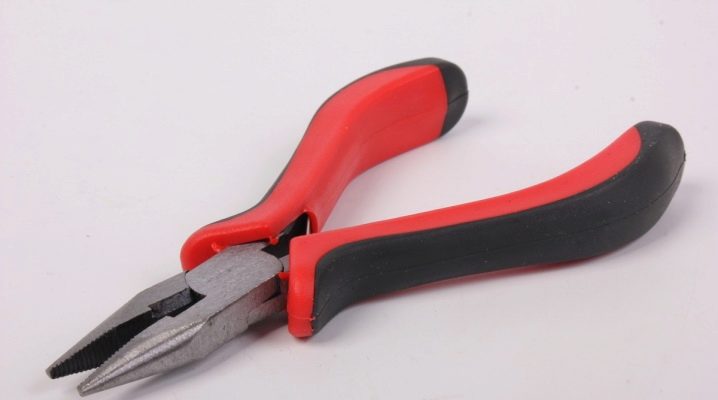
The pliers are intended for work where access to the work site is difficult, or to facilitate operations with small parts, nails, wires, and the like.
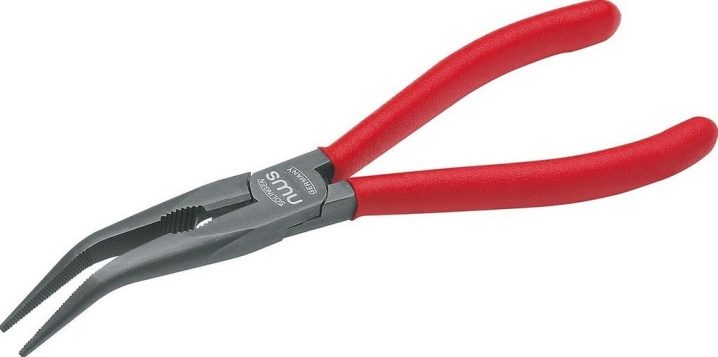
Description
Long-nose pliers (this tool is also called thin-nose pliers) is a group of pliers for pliers with elongated, narrowed to the tips, semicircular or flat jaws. They have the ability to perform finer operations than conventional pliers. It is the thin, flattened shape of the tips of the jaws that allows the instrument to penetrate into the most inaccessible places of instruments and devices.
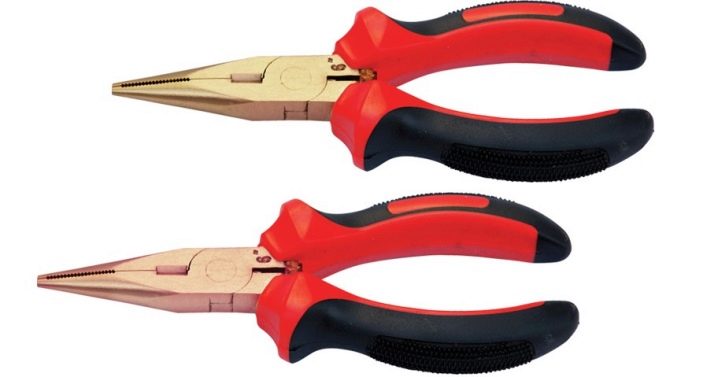
Articulated long-nose pliers are called because of the presence in their design of the articulated connection of the levers, which ensures smooth movement of the levers relative to each other without jamming, and the name "pliers" appeared due to the use of holders in the form of jaws.
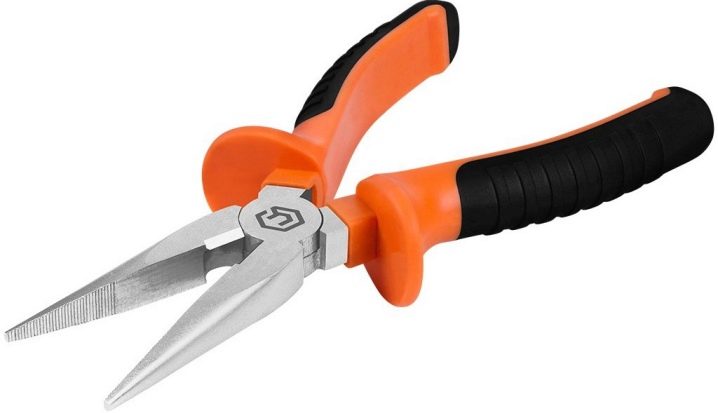
The pliers come in a variety of sizes. Most often, there are tools equipped with a device that helps to bite wires or wires of small thickness. Thin-nose pliers have handles made of metal, and for carrying out electrical operations they are supplied with dielectric covers, or they are made of plastic. Despite the fact that any work on equipment with unreleased voltage is strictly prohibited, the presence of such handles excludes any accidents that could lead to electric shock to the worker. The clamping surfaces are provided with grooves (notches) so that the fixing of the part is more reliable. It is allowed not to cover the entire surface of the sponge with corrugation, but to make some indentation from the tip.

Scope of application
The main uses for pliers are:
- holding small hardware, which is not always possible to hold with your fingers, which makes operations such as hammering nails, for example, safer;
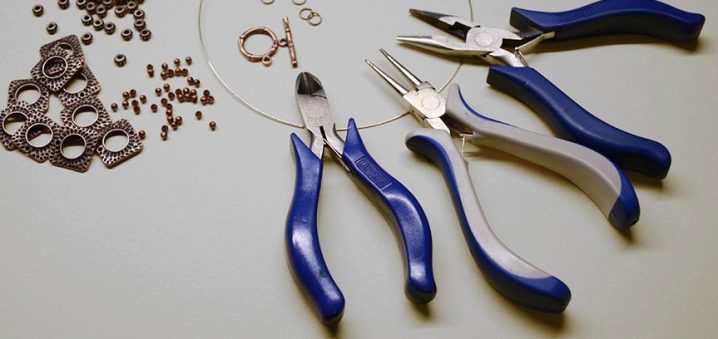
- untwisting / tightening of threaded connections, which are difficult to access;
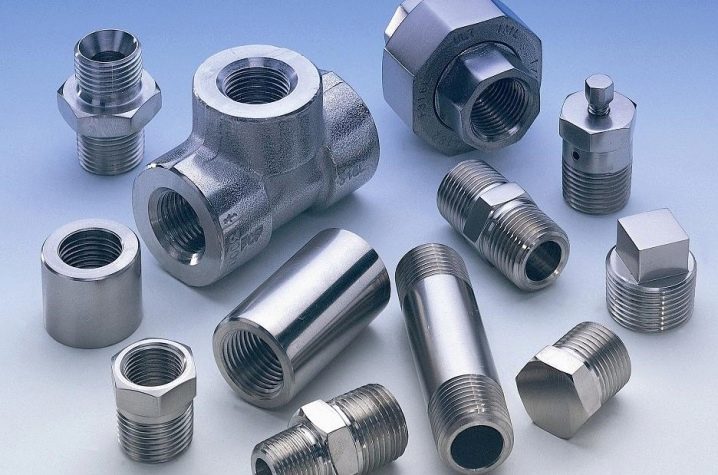
- facilitation of electrical operations carried out with the help of thin-nose pliers, they prepare wires, cut and straighten cables;

- their use in the repair of engines and electric motors of household appliances (vacuum cleaners, washing machines, kitchen electrical appliances);

- various precise operations related to jewelry and jewelry making.

Varieties
Double joint pliers can be divided into several varieties.

- In the shape of the sponges, they are straight and curved. Straight jaws are used if it is difficult to work in a confined space while holding the workpiece. The curved jaws of the pliers have curved ends that make it easy to work in hard-to-reach places. So, they are needed when it is necessary to install small-sized fasteners in electronic devices and devices, and the access angle does not correspond to thin-nose pliers with a straight jaw shape. A good example is the whole family of Zubr thin-nose pliers. Of these, one model is produced in lengths of 125, 150, 160 and 200 mm, it has bent ends of the jaws and is equipped with dielectric insulated handles with a permission to work under voltages up to 1000 V.
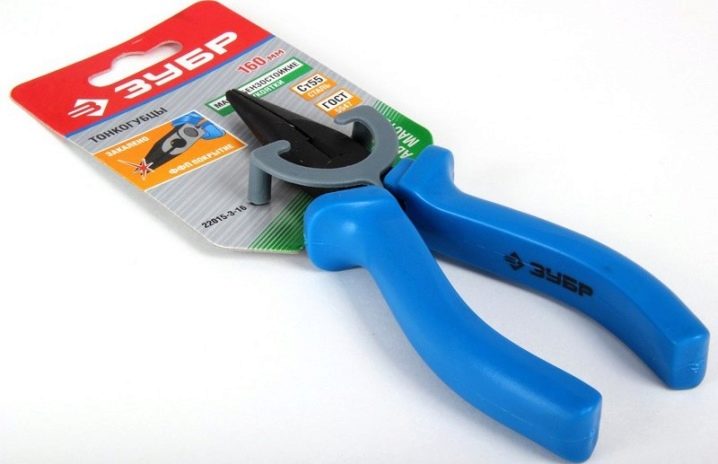
- Another classification is made according to the length of the pliers. The tools are available in lengths of 500 mm or less. Their use depends on the task being performed, on the size of the parts that they plan to hold.The most common needle nose pliers are 140 +/- 20 mm.
Longer round nose pliers are used when performing plumbing operations, and shorter ones - if there is a need for the services of an electrician, when it is necessary to repair electronic devices or household appliances such as mobile phones or computers. Longer than the Zubr family of pliers are straight Gross pliers, also equipped with dielectric handles, which allow working with equipment under voltage up to 1000 V. In addition, the jaws of the Gross pliers are equipped with edges that allow using the tool like a wrench.
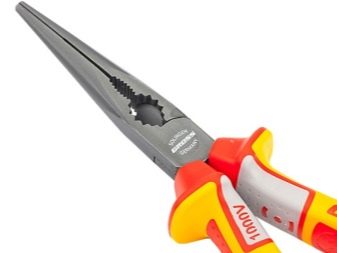
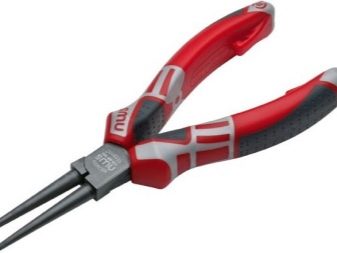
- A special place is occupied by mini-thin-nose pliers, which are used by jewelers and specialists in the manufacture of various jewelry. These are the smallest models, they do not have notches on the lips (the notch can damage the fragile material of the jewelry) and they do not need to have isolated handles, although pads that make the grip more comfortable are still available.

How to choose?
The choice of pliers is usually approached based on the scope of their application. But it is also necessary to take into account the materials from which the sponges and the coating of the handles are made. The presence of a dielectric coating is also quite important.
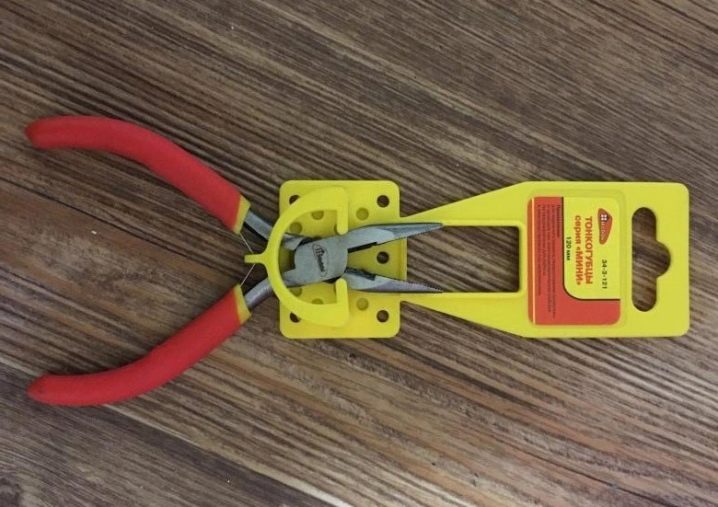
First of all, it is recommended to check the symmetry of the sponges. If the pliers do not provide a tight and even closure of both jaws without skewing, if the notches do not match, there is no spring that opens the tool handles, or there is no possibility of installing it, it is better not to purchase such a model.
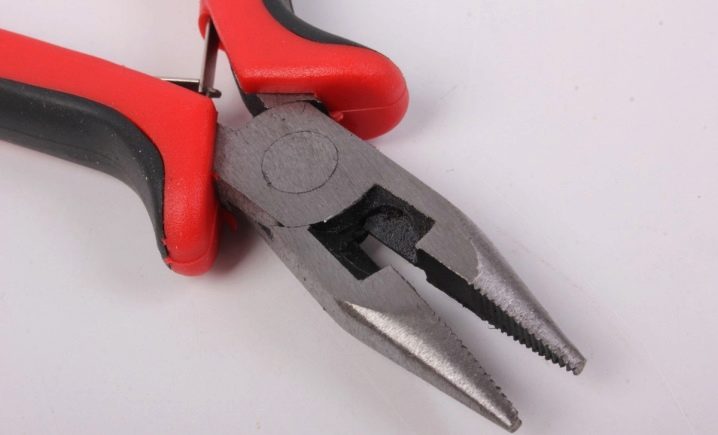
The simplest pliers are made entirely of tool steel. They cannot perform a number of electromechanical work under voltage, but they are quite suitable for securely fixing small parts in hard-to-reach places and providing access in confined spaces.
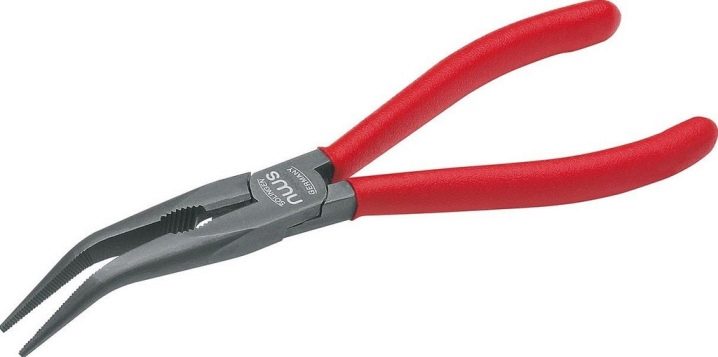
When manufacturing thin-nose pliers, the manufacturer is obliged to affix well-readable markings to them. Other signs and symbols are optional.
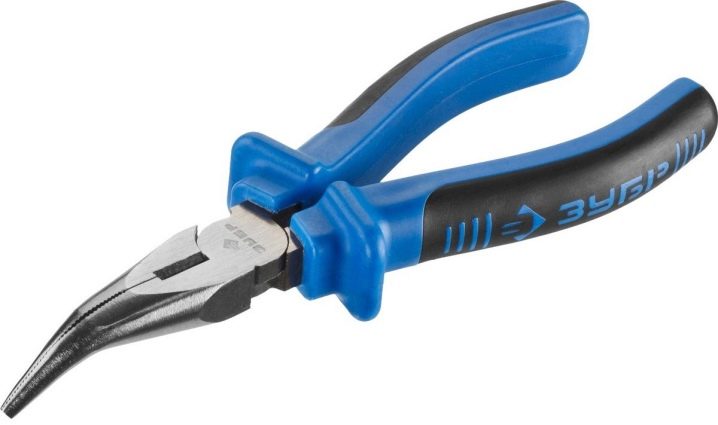
If the pliers are made using combined methods (chrome-vanadium or chrome-molybdenum steel is used for sponges, and tool steel for pens), such a tool will be more versatile. And also sometimes titanium alloys are used in the production of sponges equipped with nippers, which already classifies pliers as professional tools.
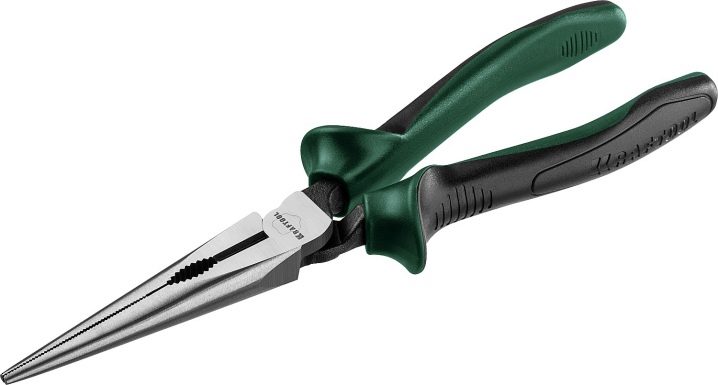
In addition, the surface of the pliers is coated with special anti-corrosion compounds, which consist of substances that prevent corrosion and rust.
The coating of the handles of the pliers is of particular importance. If there is no additional coating on the steel handles, this is the simplest version of the tool. But today, such models are rare, they mainly produce thin-nose pliers with pads made of various dielectrics, which, in addition to the protective function, are more convenient during operation, since they are usually given an ergonomic shape.
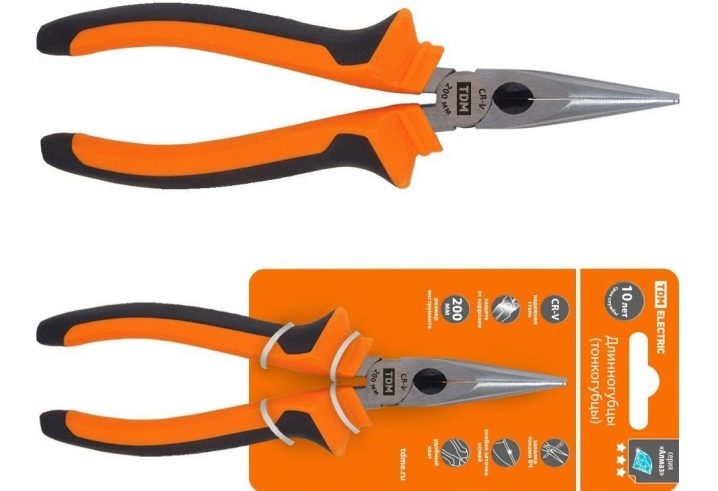
The pliers manufacturer also takes an important place when choosing. As with other tools, the same laws exist for thin-nose pliers - a well-known manufacturer cares about its image and does not allow quality deterioration, as is the case with lesser-known companies. This means a longer and safer operation of the tool, although it will cost a little more. In addition, it is necessary to make sure in advance that a specific tool model corresponds to a positive opinion of specialists, and at least it should have a decent amount of positive reviews on the Web.

The most serious requirements are imposed on the quality of the production of thin-nose pliers, they must be produced in accordance with a number of state standards, undergo mechanical tests after manufacture, and for tools that are planned to be used in the repair of electrical equipment with voltages up to 1000 V, additional requirements are provided in accordance with GOST 11516.

See below for more details.













The comment was sent successfully.